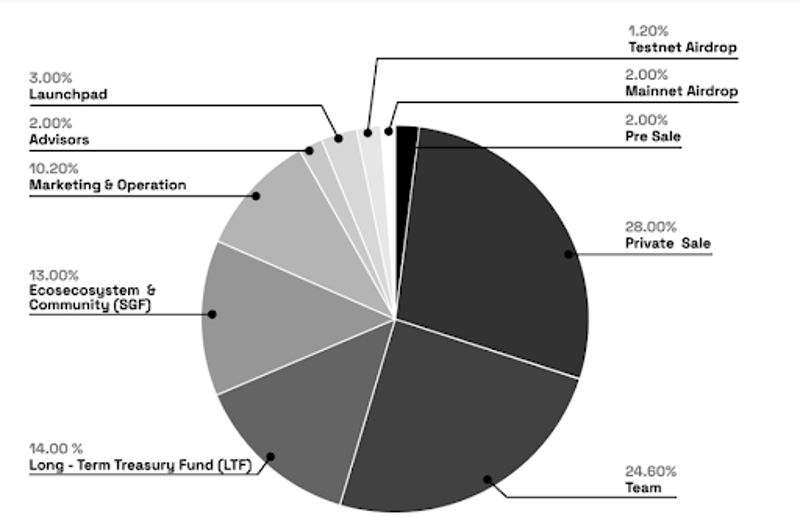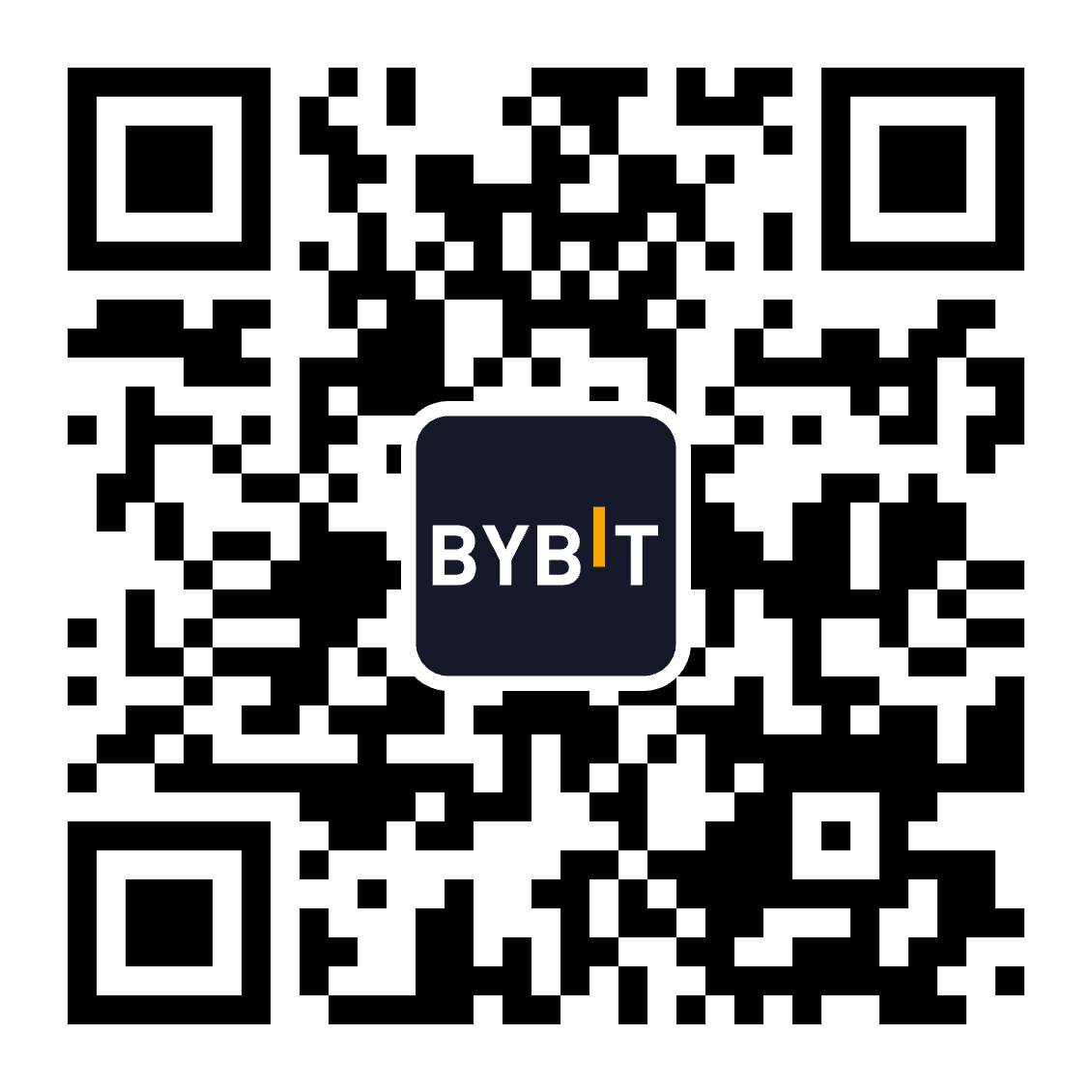Data Ownership Protocol (DOP): Enhancing Control Over Your Data Privacy
The public nature of transaction data and wallet balances is among the biggest advantages of blockchain technology. It's widely believed that the public viewability of blockchains helps improve transparency and accountability within the overall ecosystem. However, in many cases, overly transparent access to blockchain data may not be in the best interests of users, both individuals and companies leveraging blockchain platforms for their operations.
Data Ownership Protocol (DOP) is a recently launched Ethereum-based solution that helps users protect their blockchain data from public view, and also enables them to selectively disclose only certain aspects of their transaction histories and balances. Using cryptographic encryption technologies, such as the Elliptic Curve Digital Signature Algorithm (ECDSA) and Zero-Knowledge Succinct Non-Interactive Argument of Knowledge (zk-SNARK), the protocol puts web3 users in total control of their blockchain data, allowing them to conduct transactions securely and privately.
Key Takeaways:
Data Ownership Protocol (DOP) is an Ethereum-based solution that lets web3 users selectively protect their transaction and wallet data from public view.
DOP powers its services by using two cutting-edge cryptographic encryption techniques — ECDSA and zk-SNARKs.
Its native token, DOP, is used for fee payments, staking and governance. DOP can be traded on the Bybit Spot market.
What Is Data Ownership Protocol?
Data Ownership Protocol (DOP) is a decentralized initiative that allows users to selectively protect parts or all of their transaction and wallet activity on the Ethereum (ETH) blockchain. The protocol launched its beta mainnet operations on Ethereum in May 2024. Using DOP, users of Ethereum-based decentralized applications (DApps) can integrate with DOP’s solution to protect their transaction activity and histories, token holdings and other critical information from public view. These DApps may include decentralized exchanges (DEXs), NFT marketplaces, prediction markets and other types of apps whose users might opt for financial privacy.
DOP is among the newest and most comprehensive privacy-focused solutions in the blockchain space. The protocol uses two cutting-edge cryptographic solutions — ECDSA and zk-SNARKs — to protect user data and transactions. And the best part is that users can choose which parts of their blockchain interactions and histories to make private.
Both individual users and businesses can benefit from DOP's selective and innovative approach to privacy protection in web3. For instance, individuals can earn crypto income and conduct decentralized finance (DeFi) transactions without revealing their financial details to potential criminals or online data harvesters. At the same time, those who would like to provide transparent proof of their crypto holdings or transaction histories — for example, NFT creators showcasing their successful past deals — can selectively choose to reveal certain parts of their blockchain data.
Similarly, businesses can decide which parts of their transaction and holdings data to protect in order to maintain business and client confidentiality, as well as which elements to selectively open to the public to demonstrate their track record, credit worthiness or financial reserves.
An interesting feature of DOP is "smart bouncers,” a technology that shields wallets using DOP from incoming funds containing "tainted crypto” (a term that refers to crypto funds with origins in criminal and illicit activity).
How Does Data Ownership Protocol Work?
ECDSA Hashing
One of the two main cryptographic encryption mechanisms used by DOP to protect user data, ECDSA is essentially an algorithm for creating digital signatures to verify data authenticity. When a DOP user encrypts, decrypts or transfers data using DOP’s protocol, the user generates signed data using their private key. This data is verified within the protocol's smart contracts using the ECDSA algorithm. The transaction will be approved only if the data's validity is confirmed using ECDSA.
zk-SNARK
zk-SNARK is a technology used to validate certain data without having to reveal it to a counterparty. On DOP’s platform, zk-SNARKs are used to validate the authenticity of ecosystem users without publicly sharing their identities, asset holdings or other private information. DOP implements a zero-knowledge know your customer (KYC) solution, based on zk-SNARKs, that protects users' privacy while ensuring that only valid users can leverage the platform's services.
Fee Structure
All transfers on the DOP protocol attract a fixed fee of 10 DOP (the platform's native token). Encrypted and decrypted transactions to/from participating external DApps take an additional modest fee of 0.1% of the transaction amount, paid in the native token of the DApp being used. Then, 75% of the converted amount is burned to maintain the scarcity of the DOP token's supply, while the remaining 25% is distributed to DOP stakers.
What Is the DOP Crypto Token?
The protocol's native crypto, DOP, is an ERC-20 token that debuted on Jul 5, 2024. Bybit is the first centralized exchange (CEX) to list DOP. One essential function of the DOP token is to make fee payments when using the DOP protocol. Internal transactions attract a fee paid directly in DOP, while encrypted and decrypted transactions collect fees in other tokens, attached with a fee of 10 DOP.
As noted above, DOP can be used for staking, with stakers entitled to 25% of the protocol revenue fees. Another crucial function of the token is governance. DOP holders can participate in polls on any changes and suggestions for improvement to the protocol. Each user's voting weight is determined by the amount of DOP they hold, and users can indicate their support (or lack thereof) for any change being polled by using a simple system of upvotes and downvotes.
DOP Tokenomics
DOP is a deflationary token, with a maximum and total supply of over 23 billion. The token's supply distribution shares are per the chart below.
Following its May 2024 launch on Ethereum, DOP announced a mainnet airdrop, with 2% of the DOP token's total supply to be distributed to eligible users. In order to qualify for free DOP tokens, users can earn points in various ways:
Carrying out key transactions — encrypting, decrypting and transferring assets — on the DOP mainnet.
Referring friends to the protocol and following Data Ownership Protocol on their various social media handles.
Other ways to earn points include staking DOP and holding Galxe NFTs.
Essentially, the more active you are as a Data Ownership Protocol platform user, the more rewards you'll earn.
Where to Buy the DOP Crypto Token
The DOP token is available (DOP1/USDT) on Bybit's Adventure Zone Spot market, which allows you to trade early-stage, promising crypto assets with high growth potential, coupled with higher risk levels. Maximum and minimum investment levels are implemented in the Zone to control risks and protect investors.
The Adventure Zone is accessible through your Bybit account's main interface as a sub-option under the Spot Trading section. [Note: DOP is listed as DOP1 on Bybit to distinguish it from the Dominican Peso. However, its on-chain contract will continue to display its ticker as DOP.]
The DOP token is also available for trade via a USDT Perpetual Contract (DOP1USDT) on Bybit with up to 12.5x leverage. This contract can be traded via Futures bots, such as Futures Grid, Futures Martingale and Futures Combo.
You can also take part in Bybit'scampaign eventsdedicated to the DOP1 token to earn a variety of rewards. The first event, running through Jul 18, 2024, 8AM UTC, features a 50,000,000 DOP1 prize pool, and lets you earn DOP1 airdrops by completing social quests and inviting new users to sign up with Bybit and participate in these social quests.
Meanwhile, the second event, which ends on Jul 19, 2024, 8AM UTC, is offering a prize pool of 35,000,000 DOP1. It’s separated into two parts, a new-user exclusive deposit event and a trading event.
Data Ownership Protocol Price Prediction
As of Jul 17, 2024, the DOP token is trading at $0.01145, which is 42.5% lower than its ATH of $0.02002 on Jul 11, 2024, and 45.4% higher than its ATL of $0.007925 on Jul 7, 2024.
Long-term price forecasts for DOP are generally bullish. PricePrediction expects the token to trade at a maximum of $0.0275 in 2025 and $0.1943 in 2030, whileDigitalCoinPrice predicts a maximum rate of $0.0294 in 2025 and $0.0849 in 2030.
Closing Thoughts
In a world where bots are actively employed to harvest user data 24/7, DOP is a welcome innovation that protects individuals and businesses from the prying eyes of scammers and advertisers. The protocol provides the much-needed capability to secure private data, a functionality that isn't a default feature of blockchain technology.
As of the time of this writing (Jul 16, 2024), Data Ownership Protocol has been launched on Ethereum, but the DOP team has bold plans to expand its footprint to other Ethereum virtual machine (EVM)-compatible chains as well. We've had privacy-protecting web3 solutions in the past, but Data Ownership Protocol has come up with something truly innovative — the concept of selective disclosure.
#LearnWithBybit
Grab Up to 5,000 USDT in Rewards
Get additional 50 USDT welcome gift instantly when you sign up today.



